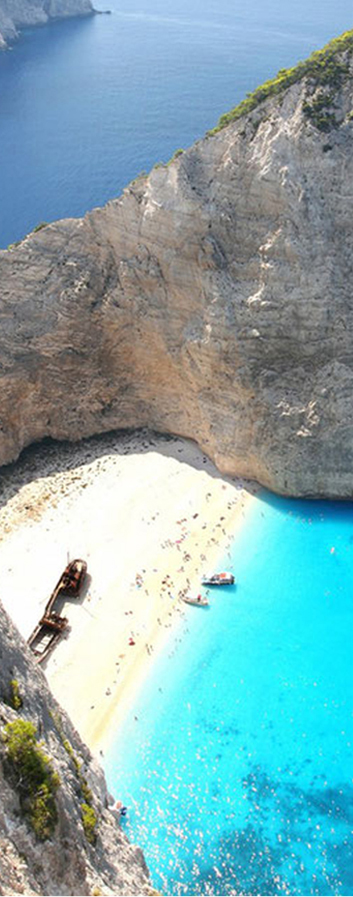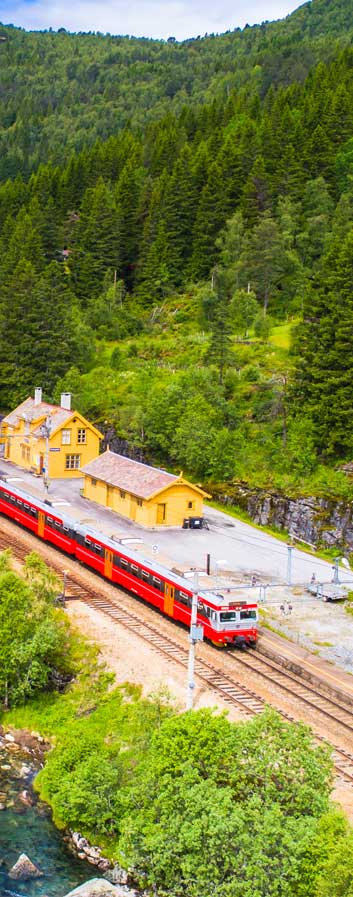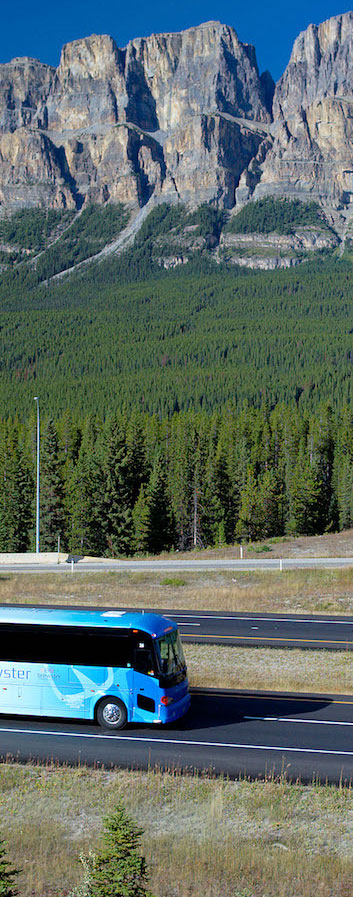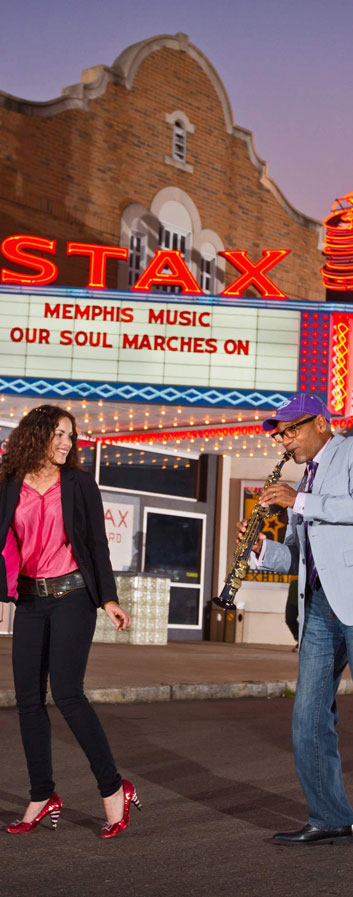Safdarjung Tomb
One of the last monuments to be built in the Mughal style of garden tombs, the Safdarjung tomb is among the popular historical memorials in Delhi. Though highly underrated, the mausoleum is often described by historians as the “last flicker in the lamp of Mughal architecture”.
The monument located on Lodhi Road was built by Nawab Shuja-ud-Daulah for his father Mirza Muqim Abul Mansur Khan, who served as the Subadar Nawab of Oudh and was also the Wazir ul-Mamalik-i-Hindustan or Chief Minister during the reign of Emperor Ahmad Shah Bahadur in 1748. “Safdarjung” was the title given to Mirza Muqim Khan by the Emperor Muhammad Shah.
Born Muhammad Muqim in Persia, Mirza migrated to India in 1722. He succeeded his father-in-law and paternal uncle, the Burhan ul Mulk Saadat Ali Khan I to the throne of Oudh in 1739.
An able administrator, Safdarjung also served as governor of Kashmir and governor of Ajmer. However, court politics led to his dismissal from service. He returned to Oudh and died in October 1755 at the age of 46 years. Safdarjung’s tomb is built in the style of Humayun’s tomb; however, it cost less than the mausoleum of the Mughal emperor.
The tomb is built in red sandstone and buff stone. The tomb stands on a high terrace which is surrounded by a plush green Mughal garden which spreads over 300 sq. meters. The garden in front of the tomb is called Charbagh. The tomb has a gate on the East and pavilions on the other sides, namely, “Moti mahal” or the pearl palace, “Jangli mahal” or the sylvan palace and the “Badshah Pasand” or the emperor’s favourite.
One can see great designs and carvings on the marble and buff sandstones at the entrance of the main mausoleum while the main entrance of the tomb is huge and exhibits fine ornamental paintings. The mausoleum houses two graves — one of Safdurjung and that of his wife. The mausoleum also had a mosque and a courtyard within its premises. The central square chamber of the tomb is surrounded by eight rooms. The rooms are rectangular in shape except the corner ones which are octagonal.
The mausoleum has also lent its name to the Safdurjung Airport, Safdarjung Road, Safdarjung Hospital and localities like Safdurjung Enclave and Safdarjung Development Area (SDA), all in the Delhi.



































